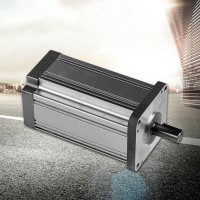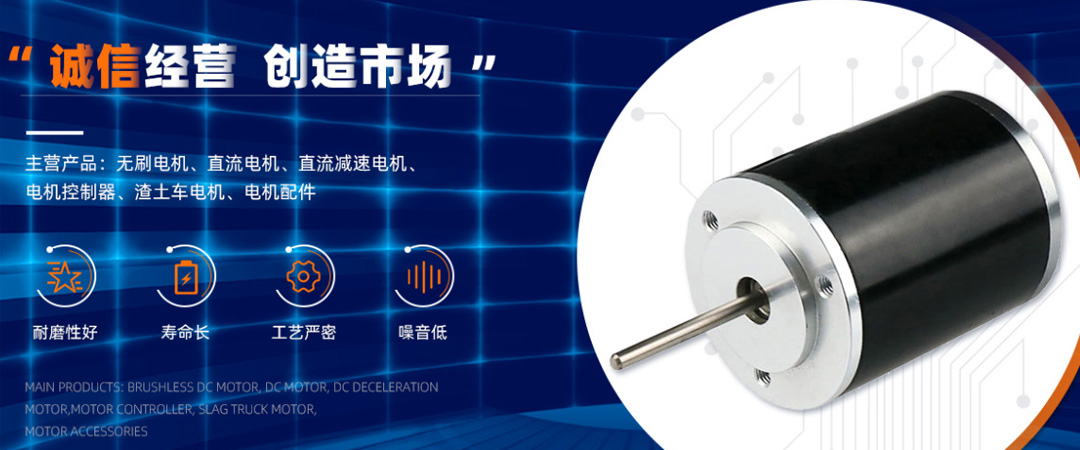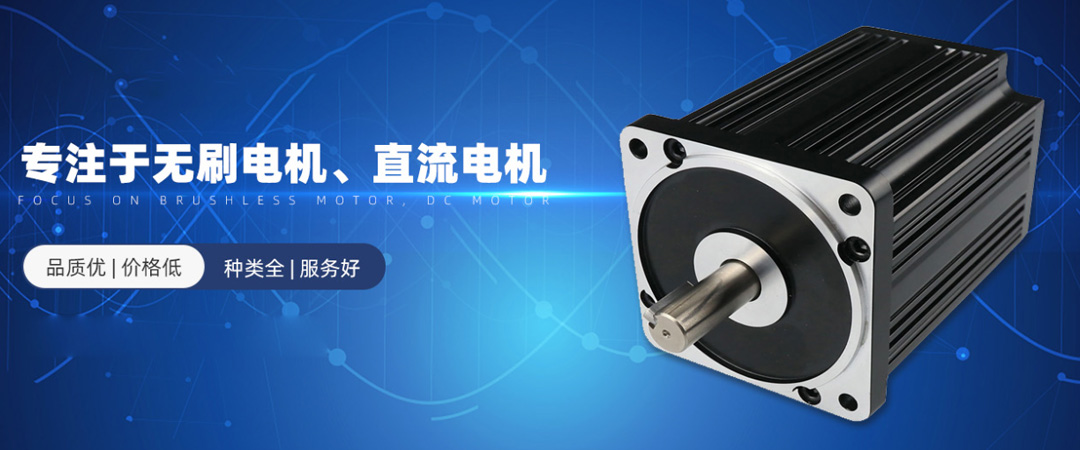With the continuous popularization of equipment, brushless motors have undergone tremendous changes and become a driving force for rapid development in the field of modeling. Some users are interested in it and want to learn about the structure of brushless motors. Let's take a look together.

Simply put, by changing the alternating frequency and waveform of the current wave input to the stator coil of a brushless motor, a magnetic field that rotates around the geometric axis of the motor is formed around the winding coil. This magnetic field drives the permanent magnet steel on the rotor to rotate, and the motor starts to rotate. The performance of the motor is related to factors such as the number of magnets, the magnetic flux intensity of the magnets, and the input voltage of the motor. It is also closely related to the control performance of the brushless motor, because the input is direct current, and the current needs to be converted into three-phase alternating current by an electronic speed controller. It also needs to receive control signals from the remote control receiver to control the motor speed to meet the needs of model use.
Overall, the structure of a brushless motor is relatively simple, and its performance is determined by a brushless electronic speed controller. A good electronic speed controller requires the overall control program design, circuit design, and complex processing technology controlled by a microcontroller, so the price is much higher than that of the electric brush of the motor.




